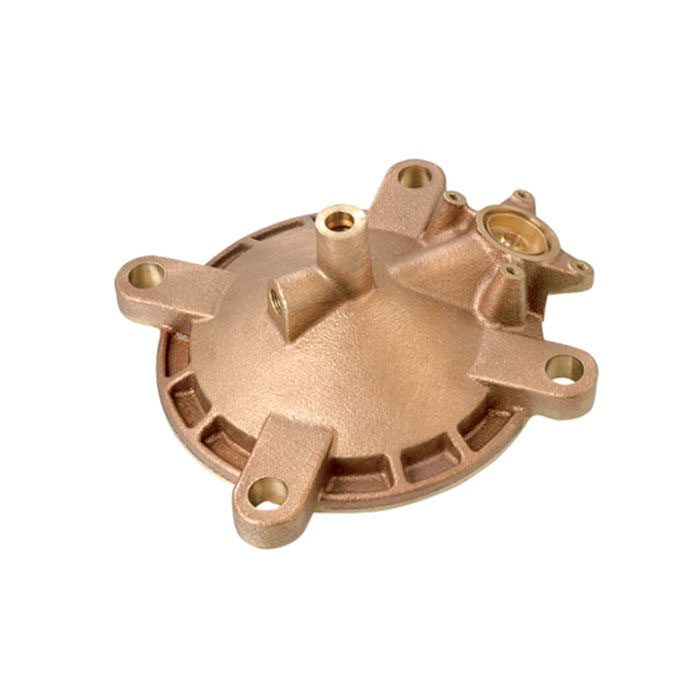Key aspects related to casting parts
2024-01-11
Casting is a manufacturing process where a liquid material, typically metal or plastic, is poured into a mold and allowed to solidify to create a finished part. This process is used to produce complex shapes that may be difficult or expensive to manufacture by other methods. Here are key aspects related to casting parts:
1. Types of Casting Processes:
- Sand Casting: In sand casting, a mold is created using a pattern made of wood, metal, or other materials. The mold is filled with molten metal, and after solidification, the mold is removed, leaving the casting.
- Investment Casting: Also known as lost-wax casting, this process involves creating a wax pattern, coating it with a ceramic shell, melting out the wax, and pouring molten metal into the cavity. The ceramic shell is then broken away to reveal the final casting.
- Die Casting: In die casting, molten metal is forced into a mold cavity under high pressure. It is a precision casting method commonly used for producing high-volume, detailed parts with thin walls.
- Gravity Die Casting: Similar to die casting, gravity die casting uses a permanent mold, but the metal is poured into the mold without the use of high pressure.
- Low-Pressure Die Casting: This method involves using low pressure to fill the mold cavity with molten metal. It combines elements of gravity and pressure casting.
- Centrifugal Casting: In centrifugal casting, the mold is rotated at high speeds, and molten metal is poured into it. The centrifugal force distributes the metal evenly, creating cylindrical or symmetrical parts.
- Continuous Casting: Continuous casting is used for producing long, continuous shapes, such as metal sheets or rods. Molten metal is continuously poured into a mold and solidified.
2. Material Selection:
- Metals: Casting processes are commonly used for metals such as aluminum, iron, steel, brass, and various alloys.
- Plastics: Casting can also be employed for certain plastics and polymers, providing a cost-effective way to create complex plastic parts.
3. Design Considerations:
- Draft Angles: Parts designed for casting typically include draft angles to facilitate easy removal of the casting from the mold.
- Fillet Radii: Fillet radii are often incorporated to minimize stress concentrations and improve the flow of molten metal.
- Wall Thickness: Consideration of uniform wall thickness helps ensure proper filling of the mold and prevents defects.
4. Advantages of Casting:
- Complex Shapes: Casting allows for the production of intricate and complex shapes that might be challenging or costly with other manufacturing methods.
- Cost-Effective for Large Runs: Casting can be cost-effective for large production runs due to the ability to create multiple parts simultaneously.
- Material Efficiency: Casting processes can result in minimal material waste, as excess material can often be recycled.
5. Post-Casting Processes:
- Machining: Some cast parts may undergo machining processes to achieve specific tolerances and surface finishes.
- Surface Finishing: Post-casting processes such as polishing, coating, or painting may be applied for aesthetic or functional purposes.
6. Applications:
- Automotive Industry: Casting is extensively used in the automotive industry for various components, including engine blocks, cylinder heads, and transmission housings.
- Aerospace Industry: Critical components in the aerospace sector, such as turbine blades and structural parts, are often produced through casting.
- Industrial Machinery: Casting is employed to manufacture parts for industrial machinery, pumps, valves, and other equipment.
- Consumer Goods: Many everyday items, such as cookware, hardware, and decorative items, are produced using casting processes.
Casting is a versatile manufacturing method that caters to a wide range of industries and applications. The specific casting process chosen depends on factors such as the material, required precision, volume of production, and the complexity of the part design.



